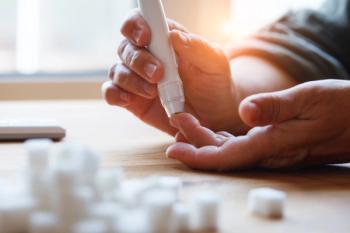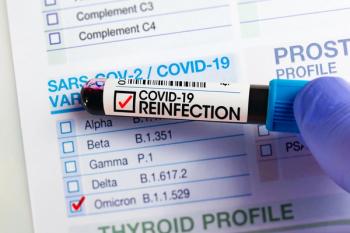
Too Much TV Increases Death Risk
Time spent in front of the television could be correlated with premature death, and according to a CDC report, American youth are forming excessive TV habits early.
Time spent in front of the television could be correlated with premature death, and according to a CDC report, American youth are forming excessive TV habits early.
Adults who watch 3 or more hours of television each day could be doubling their risk of early death from any cause, the results of recent study conducted in Spain suggest. However, the study did not find a correlation between premature death risk and time spent on the computer.
Following studies reporting a relationship between a sedentary lifestyle and morbidity, the researchers of the cohort
After a median follow-up of 8.2 years, 97 study participants had died from any cause. On average, participants spent 1.6 hours watching TV, 2.1 hours using computers, and 0.9 hours driving at baseline. TV viewing time, however, was the only sedentary behavior significantly associated with all-cause mortality after adjusting for other risk factors. Those who reported watching 3 or more hours of television each day had a twofold increased risk of mortality than those who watched less than hour each day.
But are most people watching that much TV?
American teens are watching too much television, according to a
The report, published on the CDC’s website in July 2014, analyzed data from the 2012 National Health and Nutrition Examination Survey (NHANES) and the 2012 NHANES National Youth Fitness Survey. The researchers of the study looked at the time teenagers aged 12 to 15 spent watching TV and using computers, including video games, outside of school.
Overall, 98.5% of the teens and preteens reported watching TV and 91.1.% reported using the computer every day over the last month. Only 27% of teens spent 2 hours or less in front of the TV and computer each day as recommended. In addition, weight was associated with increased screen time. Just 23.1% of overweight and 20% of obese teens met the 2 hour limit, compared with 30.6% of underweight and normal-weight youth.
Newsletter
Stay informed on drug updates, treatment guidelines, and pharmacy practice trends—subscribe to Pharmacy Times for weekly clinical insights.


















































































































































































































